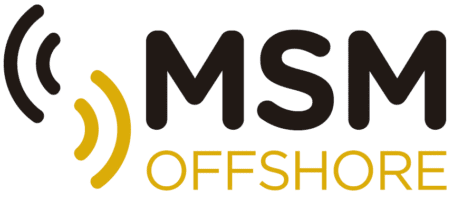In this section we will outline the different Standards that we used:
Standards
Standards use in Hazardous Areas
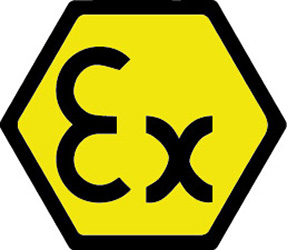
Standards ATEX
The ATEX Directive is the European Regulatory Framework for the Manufacture, Installation and Use of Equipment in Explosive Atmospheres (denoted by Ex) and defines the requirements for technical and management systems for compliance with the regulations in the EU. Having an ATEX certificate is a guarantee that you comply with the most restrictive European standards for explosive atmospheres.
All the products we sell in the European Union have the ATEX certification and marking and the CE marking.
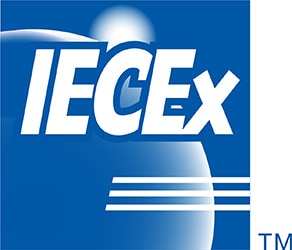
Standards IECEx
IECEx is the International Electrotechnical Commission’s Scheme for the Certification of Standards Relating to Equipment for Use in Explosive Atmospheres. It is a voluntary and globally accepted certification scheme. IECEx certificates require the same compliance with technical standards as ATEX, so in terms of technical content, there is basically no difference.
MSM collaborates closely with international certification laboratories.
Standards use in maritime signalling
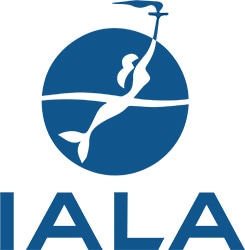
IALA R-1001
IALA R-1001 is a recommendation that allows competent authorities to know how to operate and manage aids to navigation systems. Thanks to this recommendation we can make the correct marking of those onshore structures so that navigators can operate without the risk of suffering an accident.

R0113 (O-113)
IALA O-113 is a recommendation for the marking of fixed bridges and other structures over navigable waters which together with IALA E-106 sets out the AtoN that fixed bridges should carry to ensure their safety and that of vessels under them. Authorities must ensure the utmost safety when maritime and inland navigation meet and do not conflict.
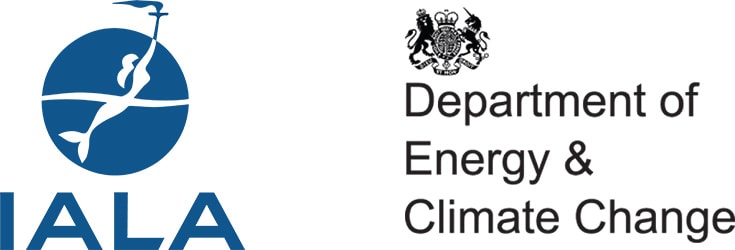
IALA O-139 & Standard marking schedule for offshore installations, Decc 04/11
These recommendations directly affect man-made offshore structures. They set out the correct way to mark all structures, both temporary and permanent, which are above or below the sea surface and which could obstruct navigation. These recommendations provide guidance and information to the competent authorities on how to proceed correctly.
MSM has been a member of IALA since 2008 making us a key reference in marine signalling.
Standards use in aerial signalling
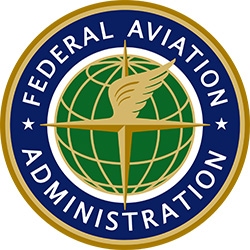
FAA AC 70 / 7460-1M – Obstacle marking and lighting
FAA AC 70 / 7460-1M – Obstacle marking and lighting is a set of recommendations for marking structures above 200 feet above ground level (AGL) for aircraft. This Advisory Circular (AC) describes the Federal Aviation Administration’s standards for marking and lighting structures to promote aviation safety.
These standards inform how the structures must be properly marked with lights or paint. In addition, the Federal Communications Commission governs monitoring requirements for airport obstruction lights.
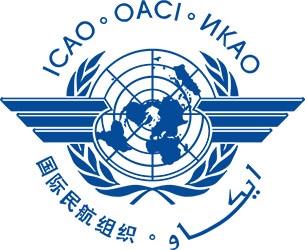
ICAO Annex 14
ICAO Annex 14 is a set of recommendations for marking structures above 45 metres above ground level (AGL) for aircraft. These should be properly marked with aviation warning lights or paint. These recommendations provide guidance and information to the Competent Authorities on how to proceed correctly. Aircraft warning lights are used to prevent aircraft collisions to high structure and make high structures more visible for day and night with lighting devices with specific characteristics such as beam pattern, light intensity, and light colour.
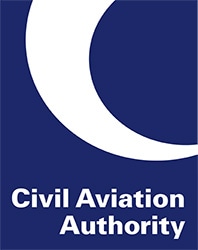
CAP 437: Standards for offshore helicopter landing areas
This publication provides the standards that have been applied by the Civil Aviation Authority (CAA) for the assessment of offshore helicopter landing area standards whether on a platform or boat/vessel or rig.
